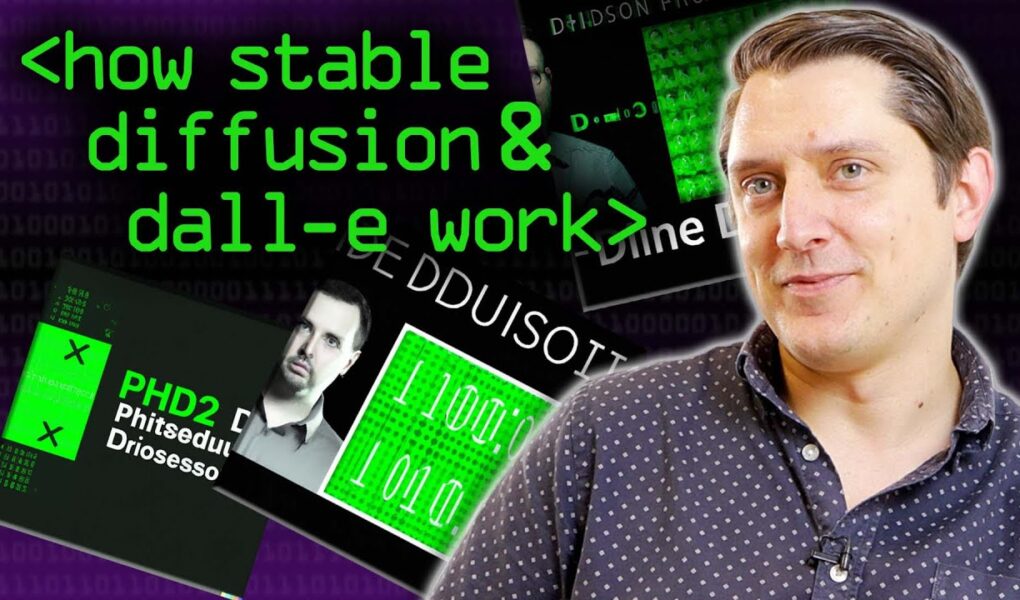Computerphile
AI image generators are massive, but how are they creating such interesting images? Dr Mike Pound explains what’s going on.
Thumbnail image partly created by DALL-E with the prompt: “Computerphile YouTube Video presenter Mike Pound Explains Diffusion AI methods thumbnail with green computer style title text on a black background with grey binary”
https://www.facebook.com/computerphile
https://twitter.com/computer_phile
This video was filmed and edited by Sean Riley.
Computer Science at the University of Nottingham: https://bit.ly/nottscomputer
Computerphile is a sister project to Brady Haran’s Numberphile. More at http://www.bradyharan.com
